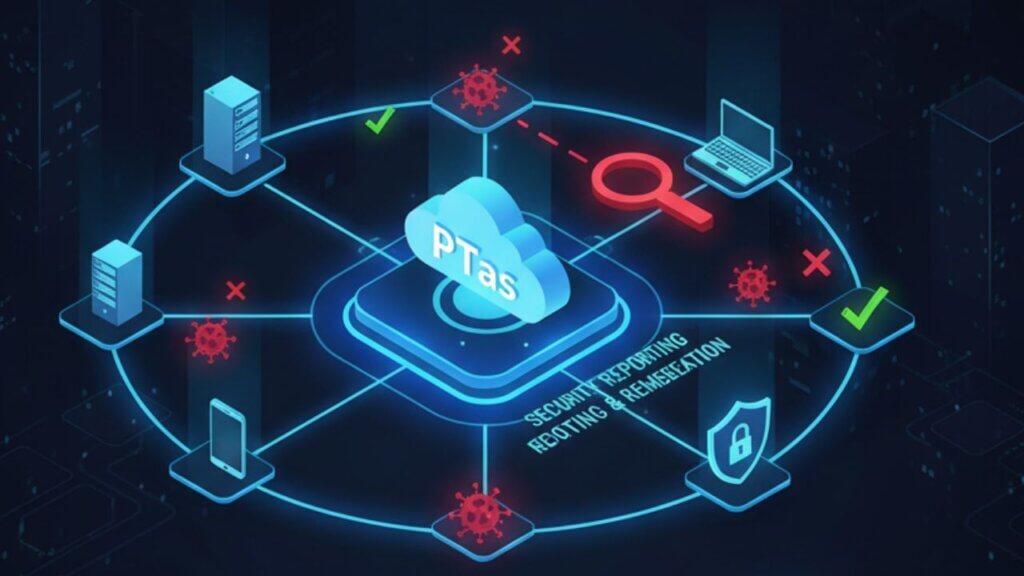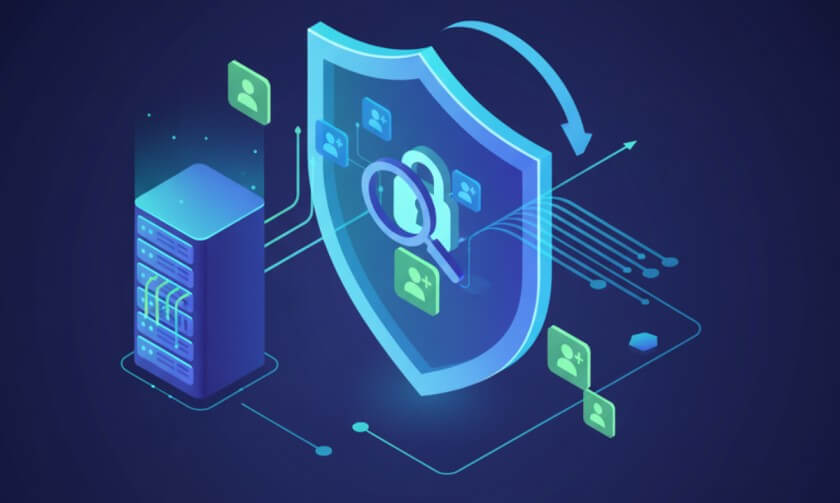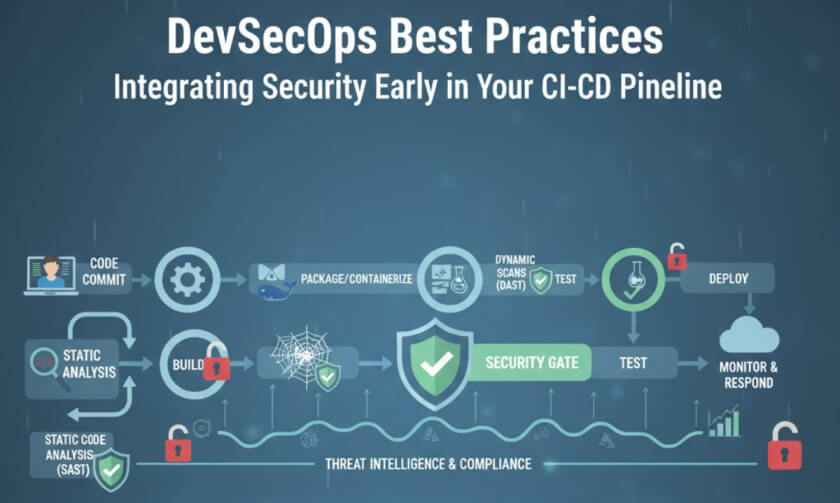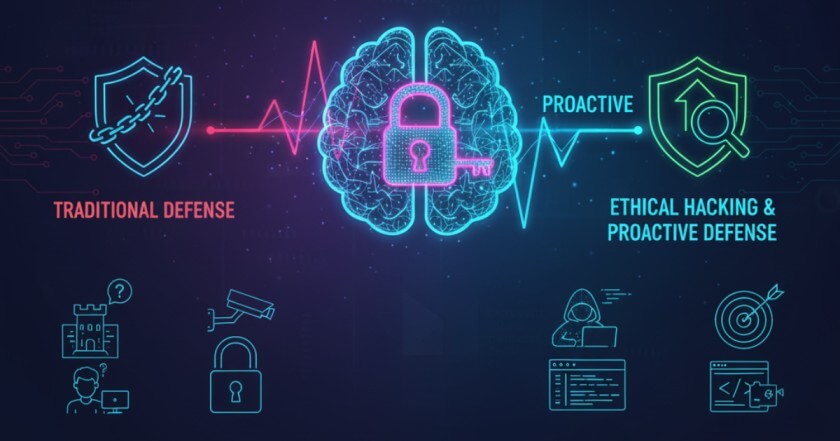In today’s digital era, artificial intelligence (AI) is reshaping the cybersecurity landscape. While it empowers defenders with smarter tools, it’s also opening new doors for cybercriminals. One growing concern is AI-generated malware, malicious code created or enhanced using AI.
Is this all exaggerated media hype, or is there a real threat? Let’s explore.
Table of Content
What Is AI-Generated Malware?
AI-generated malware refers to harmful software that’s either created or optimized using artificial intelligence techniques, including machine learning, natural language processing, and generative models. These tools reduce the manual effort needed to craft malware or launch attacks.
Here are a few examples:
-
- AI-written phishing emails that mimic natural conversation, making them far more believable than traditional scam attempts.
-
- Self-evolving malware that rewrites parts of its own code to bypass security systems.
-
- Attack planning tools that use AI to find vulnerabilities or automate tasks previously done by hackers.
How AI Is Transforming Cyber Threats
Traditionally, building malware or planning a cyberattack required deep technical knowledge. Now, with the help of AI, bad actors can speed up this process and even automate it.
Some ways AI is changing the game:
-
- Faster creation of complex attack scripts
-
- Adaptation to security defenses in real time
-
- Data analysis for personalized attack targeting
-
- Creating misleading information with generative tools
For instance, AI can study a target’s digital behavior and generate customized emails or messages that increase the chances of a successful phishing attempt.
Real-World Examples of AI-Driven Threats
Though full-scale, autonomous AI malware is still relatively uncommon, early signs of this trend are visible:
-
- Synthetic media fraud: Deepfakes are being used to impersonate executives or employees, manipulating people in high-stakes scams.
-
- AI-powered botnets: Some malicious networks now adjust their behavior based on how systems respond, making them more resilient.
-
- Automated vulnerability hunting: AI can scan applications or APIs to spot weak points faster than humans.
A 2024 cybersecurity experiment even demonstrated how generative AI tools could be guided to create functioning ransomware scripts with just a few prompts, proof that the danger is becoming real.
Is AI Malware a Genuine Threat?
Yes, but it’s not quite Skynet.
AI isn’t yet launching cyberattacks on its own, but it is enabling more efficient, scalable, and targeted attacks. The bigger concern is that it’s lowering the entry barrier for cybercriminals who previously lacked the skills to write code or plan sophisticated attacks.
That said, there are still limitations:
-
- Most AI models have built-in filters to prevent malicious use (though some users try to bypass them).
-
- The quality of AI-generated malware often lacks polish compared to human-crafted threats.
-
- The cybersecurity industry is also using AI defensively — and getting better at it.
Fighting AI with AI
At SecureMyOrg, we believe in using AI for protection, not exploitation. Just as attackers are becoming smarter, defenders are turning to AI-powered tools to stay one step ahead.
Here’s how AI helps protect systems:
-
- Behavior monitoring: AI can spot unusual user or system activity that may indicate a breach.
-
- Predictive analytics: Risks can be identified by machine learning models before they become assaults.
-
- Smart automation: AI helps automate security responses, reducing human error and improving speed.
-
- Threat detection: AI-driven platforms learn from past incidents and detect patterns traditional systems may miss.
How to Prepare for AI-Driven Threats
If your organization wants to stay secure in the age of intelligent malware, consider the following steps:
1. Adopt AI-Powered Security Tools
Choose platforms that use machine learning and behavioral analysis to detect threats early and respond automatically.
2. Prioritize Staff Awareness
When attackers use AI to mimic real people or personalize messages, even trained users can be fooled. Ongoing training is essential.
3. Follow Zero Trust Principles
Put in place security frameworks that operate under the premise that nobody, inside or outside the network, can be trusted.
4. Keep Pace with AI Developments
Monitor how attackers are evolving. Understanding the latest trends in AI and cybersecurity helps teams make proactive decisions.
5. Set Internal AI Usage Policies
If your teams use AI tools, establish clear rules to avoid misuse or accidental exposure of sensitive data.
Final Words!
AI-generated malware is no longer science fiction. While the full scale of its impact is still unfolding, the early indicators are clear, AI is changing the way threats are built and delivered.
But organizations don’t need to panic. With strong policies, modern tools, and ongoing vigilance, businesses can adapt and defend against this new class of threats.
At SecureMyOrg, we specialize in helping companies stay resilient in an age of digital uncertainty. Our solutions are built to handle emerging risks with smart, adaptive defense mechanisms.
Want to see how AI-powered security can safeguard your business? Talk to our security experts and take the first step toward future-ready protection.
Want to Stay Ahead of Attackers? Read These Next:
Why Businesses Trust SecureMyOrg for Comprehensive Network Security
At SecureMyOrg, we uncover and fix all possible security vulnerabilities of mobile and web, while providing solutions to mitigate risks. We are trusted by renowned companies like Yahoo, Gojek and Rippling, and with 100% client satisfaction, you’re in safe hands!







Some of the things people reach out to us for –
- Building their cybersecurity program from scratch – setting up cloud security using cost-effective tools, SIEM for alert monitoring, building policies for the company
- Vulnerability Assessment and Penetration Testing ( VAPT ) – We have certified professionals, with certifications like OSCP, CREST – CPSA & CRT, CKA and CKS
- DevSecOps consulting
- Red Teaming activity
- Regular security audits, before product release
- Full time security engineers.







